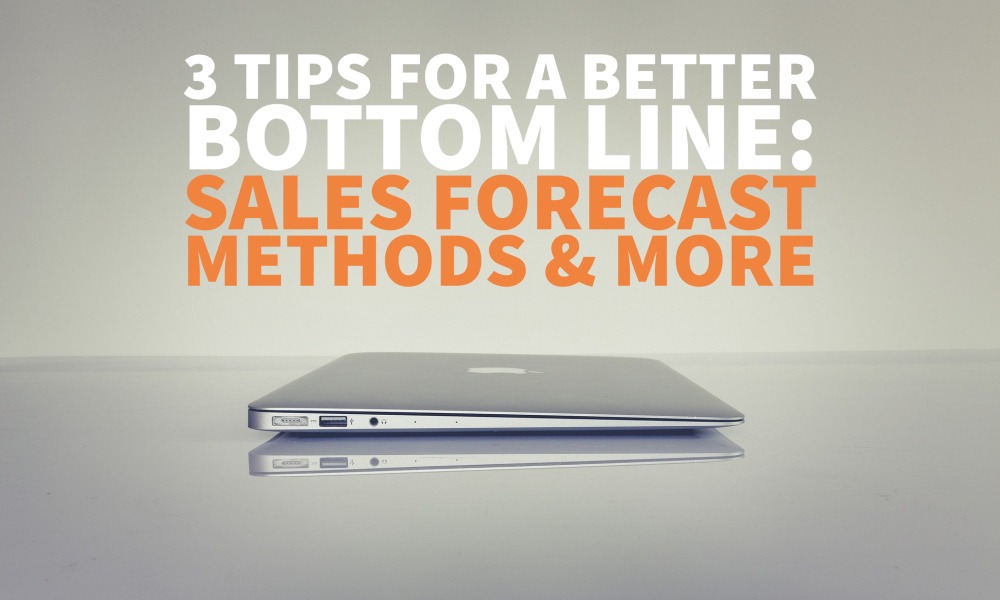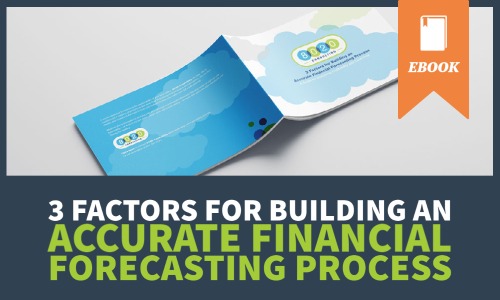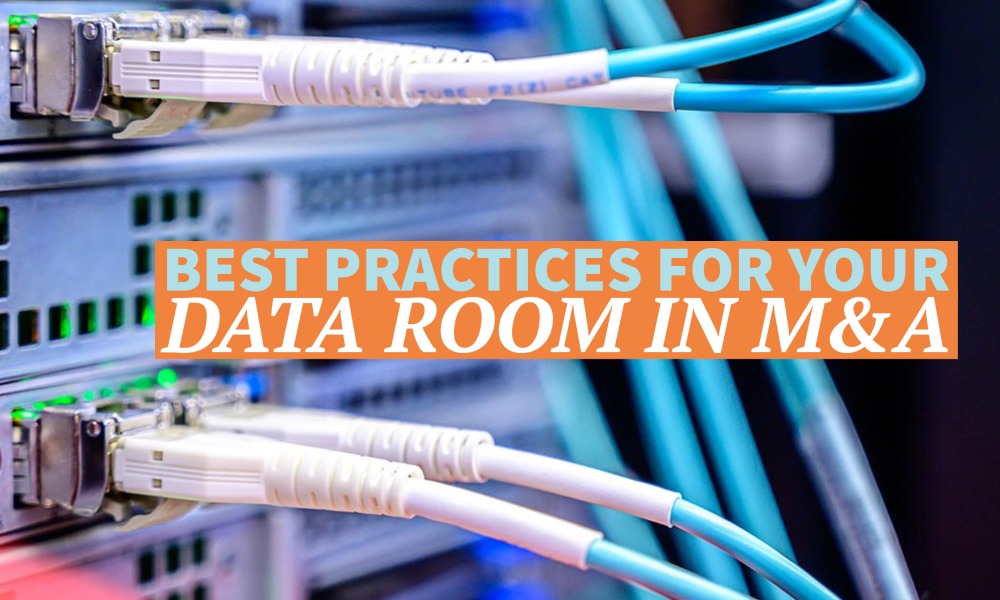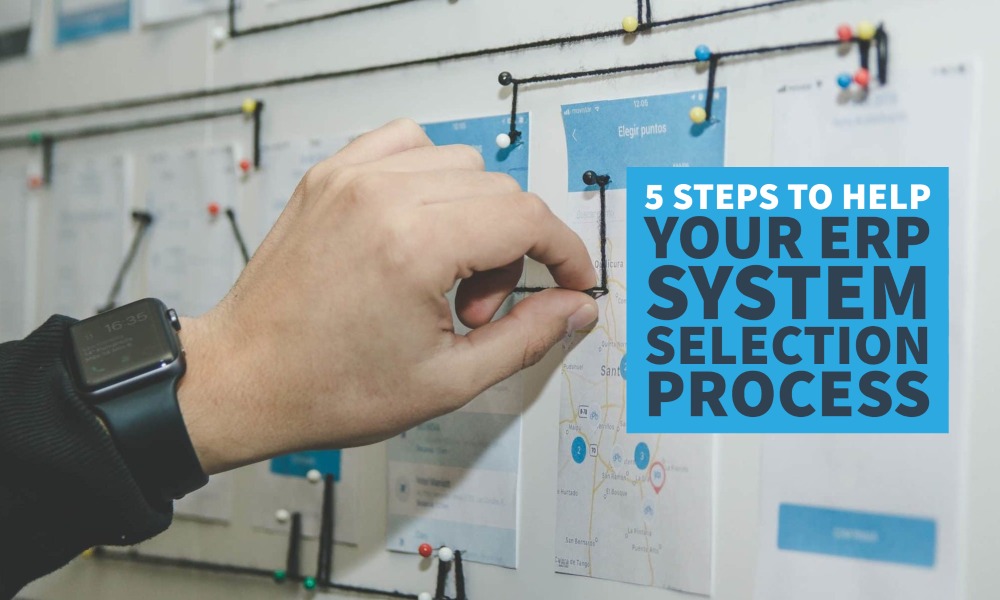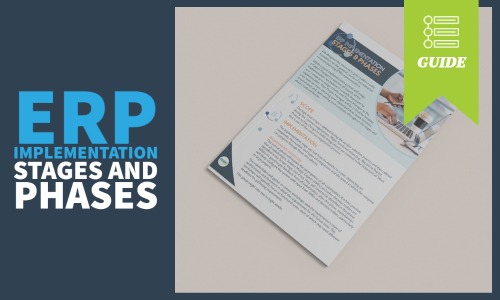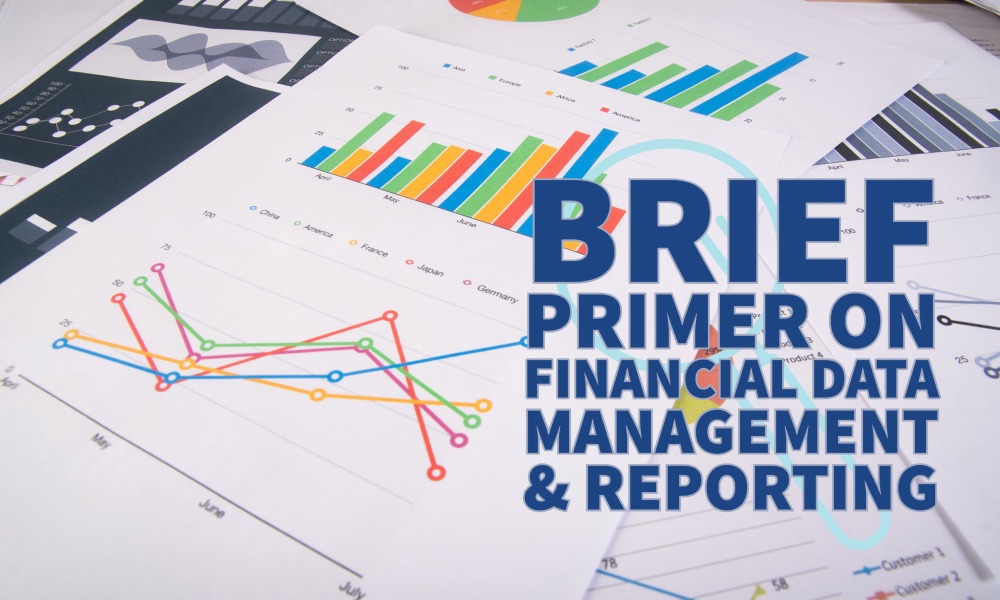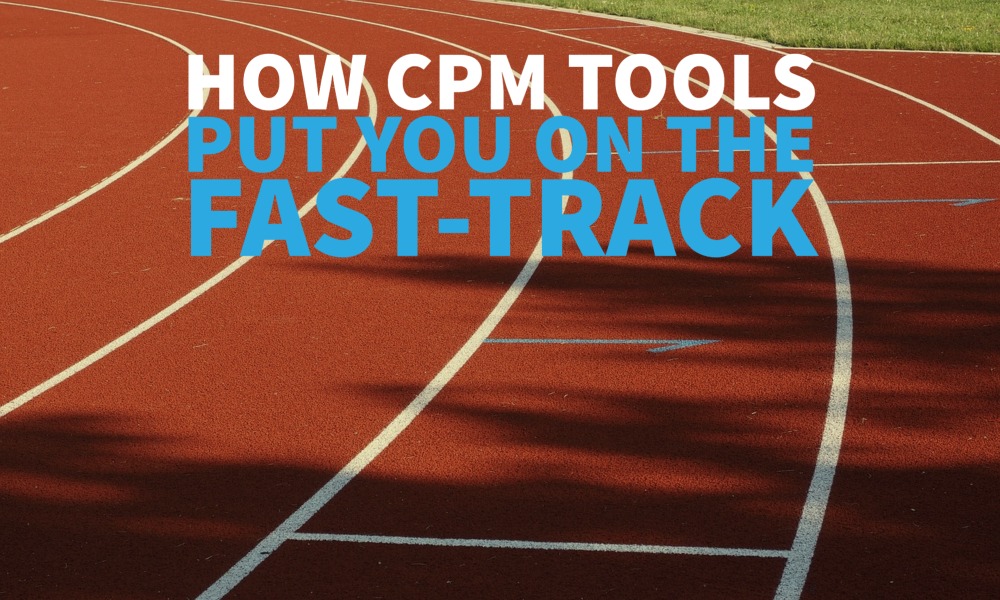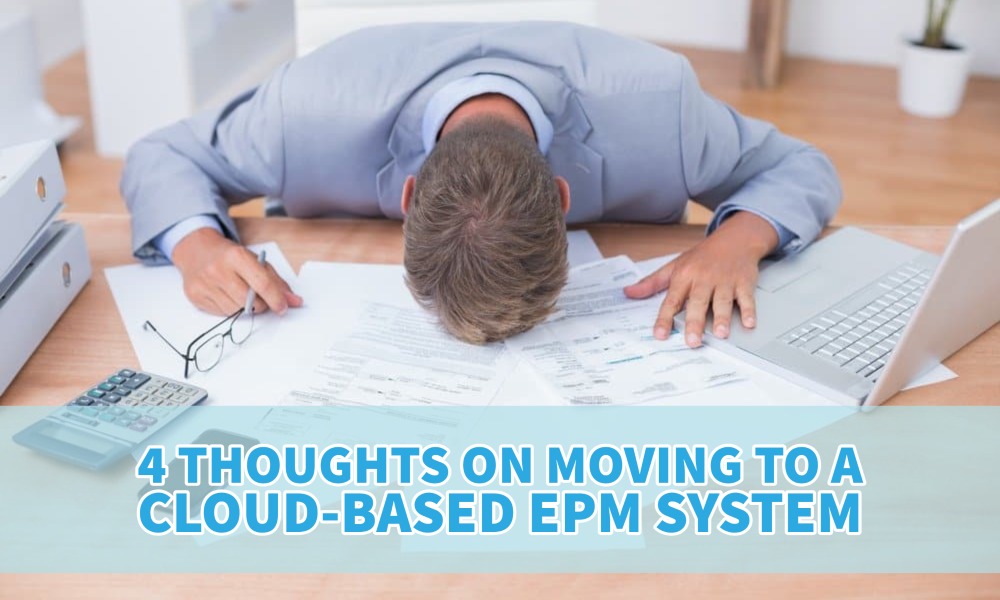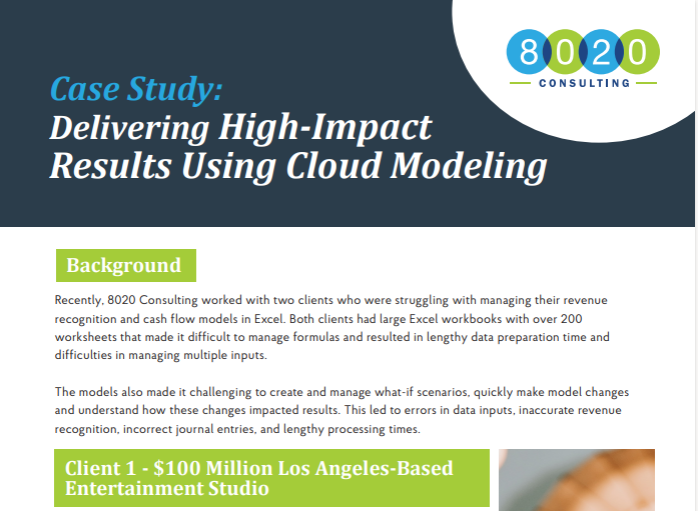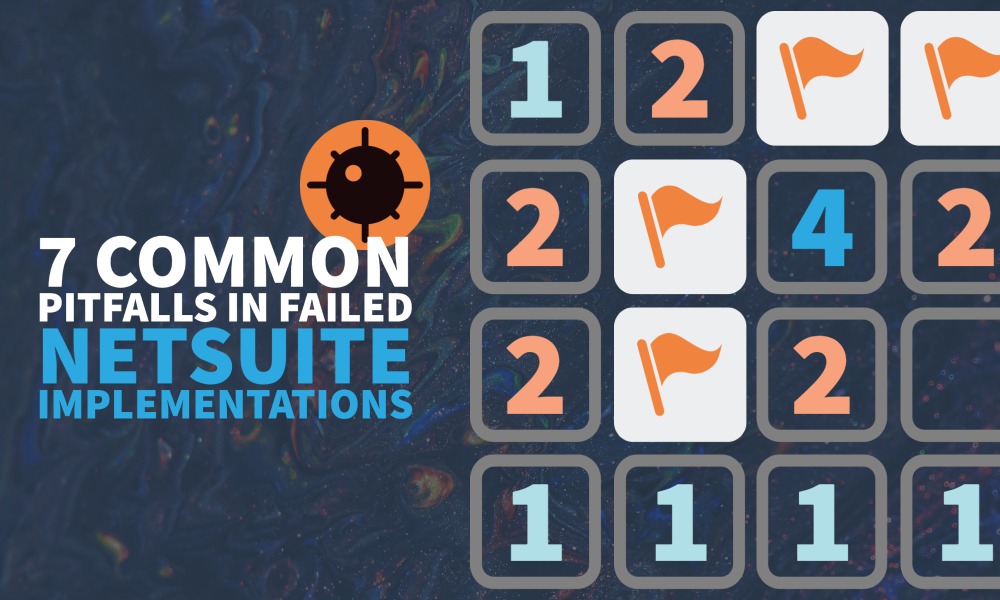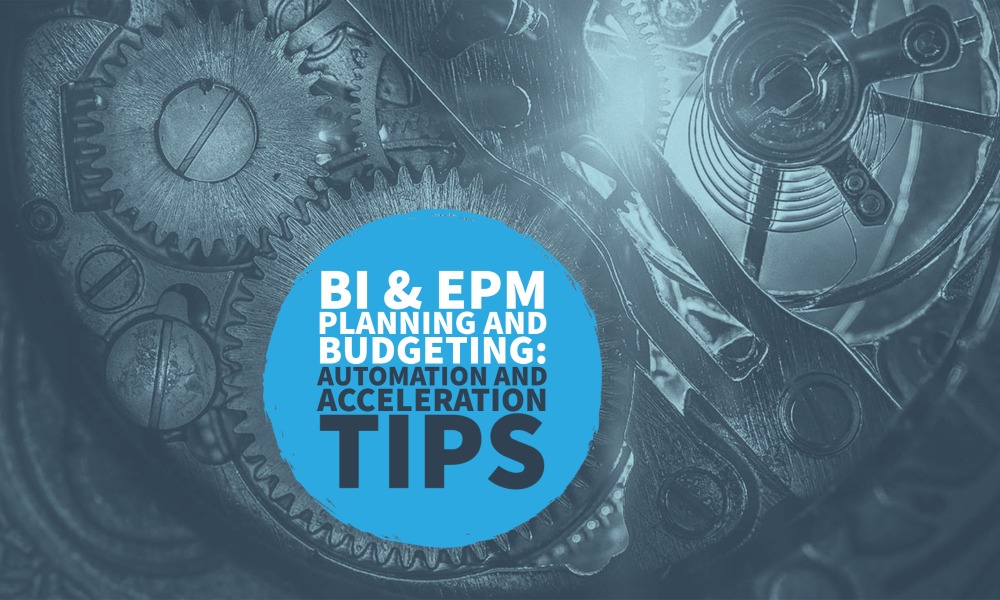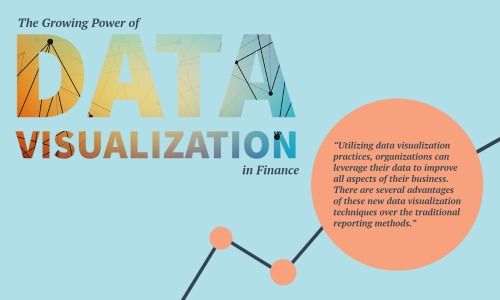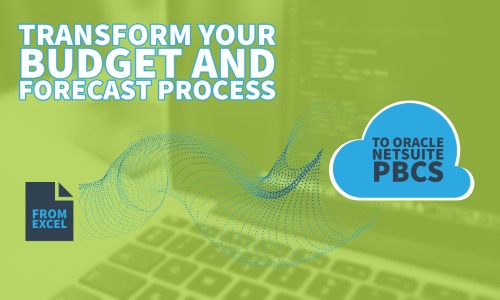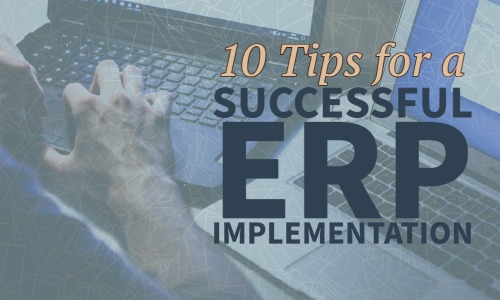Forecasting stands as a pivotal function that allows businesses to maintain competitiveness, expand their market share and execute long-term strategies. Regardless of a company’s size, one of management’s central responsibilities involves evaluating the overall health of the business and addressing crucial inquiries: Is the company profitable or incurring losses? Can we manage our debts as they become due? Is our growth aligned with industry and market conditions?
Answering these questions relies on well-crafted forecasts developed by the internal management team, requiring a process that analyzes both internal and external data, converts it into meaningful projections and makes decisions that steer the company’s trajectory. However, the value of forecasts diminishes without accuracy. Precise short-term forecasts are essential for informed decisions, while inaccuracies can lead to severe consequences like misallocated resources, missed opportunities, financial instability and compromised strategic planning.
Drawing from more than two decades of experience in corporate finance, much of which was devoted to refining processes for generating precise forecasts, I’ve distilled key insights that have not only elevated forecasting accuracy, but also saved substantial time and effort along the way.
1. Start with Evaluating Data Quality
“Garbage in, garbage out” underscores the significance of accurate and clean financial records as the bedrock of reliable forecasts. Ensuring all revenue, cost, capital expenditure and related transactions are promptly recorded in accordance with GAAP standards is crucial. Special attention is needed, particularly for revenue transactions, often the most substantial figures on the income statement. Situations involving non-intuitive revenue recognition rules—common in software, SaaS, contract-based, real estate and certain manufacturing industries—call for scrutiny to ensure accurate recording. Robust internal controls and monthly reconciliations are essential for maintaining precise financial reporting and accounting for all system transactions.
2. Understand Key Business Drivers
Much like accurate financial records rely on competent accounting following clear processes, insightful forecasting demands Finance to grasp financial reporting and the underlying metrics. This entails understanding revenue generation, primary sales components and seasonal trends. For major expenses like labor and production, sensitivity to input prices, shifts, hours and automation is crucial. Coupled with a strong grasp of company drivers, industry insights provide context for a comprehensive understanding.
These insights, combined with the core principles of accurate data, effective data management and a robust forecasting model, form the foundation of precise forecasting practices, empowering businesses to navigate the market effectively.
Related Content
3. Effectively Manage and Utilize Data
Maintaining clean and accurate business data is at the core of this step. The accuracy of forecasts directly depends on the quality of the data that drives them. This requires a meticulous commitment to ensuring data integrity. Leveraging key data sources like ERP systems, operational data, industry benchmarks and competitor analyses will form a robust foundation. These sources not only inform forecasts, but also provide vital insights for navigating the competitive landscape. By prioritizing data integrity and effectively utilizing available information, businesses can enhance their forecasting capabilities and make well-informed decisions.
4. Construct a Robust Forecasting Model
With a foundation established through accurate historical reporting and an understanding of key business drivers, the next step involves constructing a forecasting model. While an Excel-based model is a conventional choice, alternative approaches that offer greater efficiency could also be considered. Regardless of the chosen software or method, the model should hinge on essential assumptions (or drivers) that underpin financial projections. For instance, sales revenue could be contingent on units sold, subscriptions, contracts, customers or other relevant metrics that shape revenue generation. Additional pertinent assumptions might involve average order values, product/service mix, and incorporating price and cost adjustments based on the latest consensus (pertaining to cost-of-living adjustments and merit-based increases for internal labor costs).
Integrating assumptions into your forecast actually results in more accurate projections, as comparisons between what transpired versus what was expected to occur can be reviewed and any deviations between the two can be reduced through refining the assumptions. This flexibility to rapidly reflect changes in assumptions and quantify the impact will help to significantly increase the accuracy of the modeling over time.
Conclusion
In summary, honing accurate forecasts isn’t just about getting around in the market; it’s about setting a clear path forward. Our dive into these details underscores the importance of having precise data, understanding what really drives the business, managing data effectively and building a strong forecasting model. By embracing these principles, businesses give their management sharper tools to make smart decisions, strengthen their base, fuel growth and significantly improve the accuracy of their forecasts.
Learn More
The process of selecting and implementing any system can be difficult at best and a complete failure at worst. We know from experience that many companies make avoidable mistakes in regards to new systems, such as delegating the implementation process to internal employees, avoiding formality or not planning for post go-live support. If you’d like to explore the support we offer, then visit our financial systems consulting page and start a conversation. Our free guide below also offers insight into the process of system implementations:



